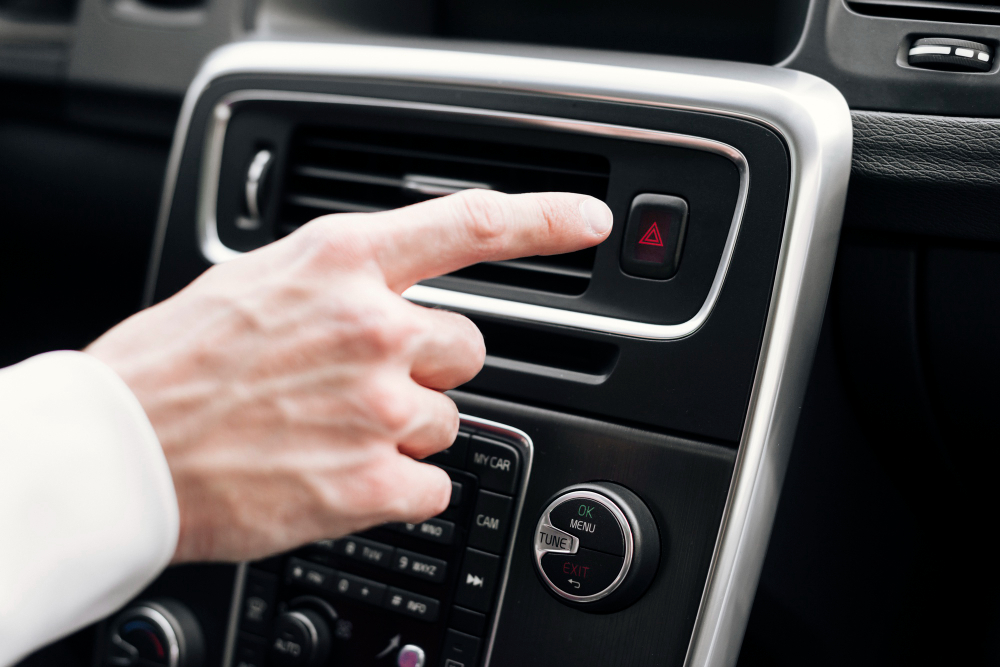Should You Turn on Hazard Lights When Stopping for Pedestrians?

(Photo Credit: freepik)
Stopping for pedestrians is a legal obligation for all drivers, especially at crosswalks. However, a common question arises: Should we turn on our hazard lights when stopping for pedestrians?
Have you ever wondered whether to turn on your hazard lights when stopping for pedestrians? Many might have an answer in mind, but this article aims to clear up any confusion. We'll explain the advantages, disadvantages, and related laws to ensure the safety of both drivers and pedestrians on the road.
Hazard lights are designed for emergency situations only, such as when a vehicle breaks down and obstructs traffic or during an accident that prevents the vehicle from moving. Turning on hazard lights warns the drivers behind to be cautious and slow down, reducing the chances of further accidents.
According to the law, drivers are not required to turn on hazard lights when stopping for pedestrians, particularly at crosswalks. It is the driver's duty to stop for pedestrians first, even if there are no traffic signals.
However, turning on hazard lights before approaching a crosswalk can help increase caution among the drivers behind, especially if your vehicle is large and may obstruct their view. Using hazard lights can alert the following vehicles to slow down and be more cautious before reaching the crosswalk, thus reducing the likelihood of accidents.
While the law does not mandate turning on hazard lights when stopping for pedestrians, doing so can enhance safety and reduce the risk of accidents in practice. Therefore, considering the use of hazard lights when stopping for pedestrians is a good practice to ensure the safety of everyone on the road.
Claim your free car valuation today!
Read More: Know Before You Get Fined: What Happens if You Cross the "Fishbone " Lines on the Road
Looking for a car appraisal? You can contact us for a free car valuation within 24 hours…
